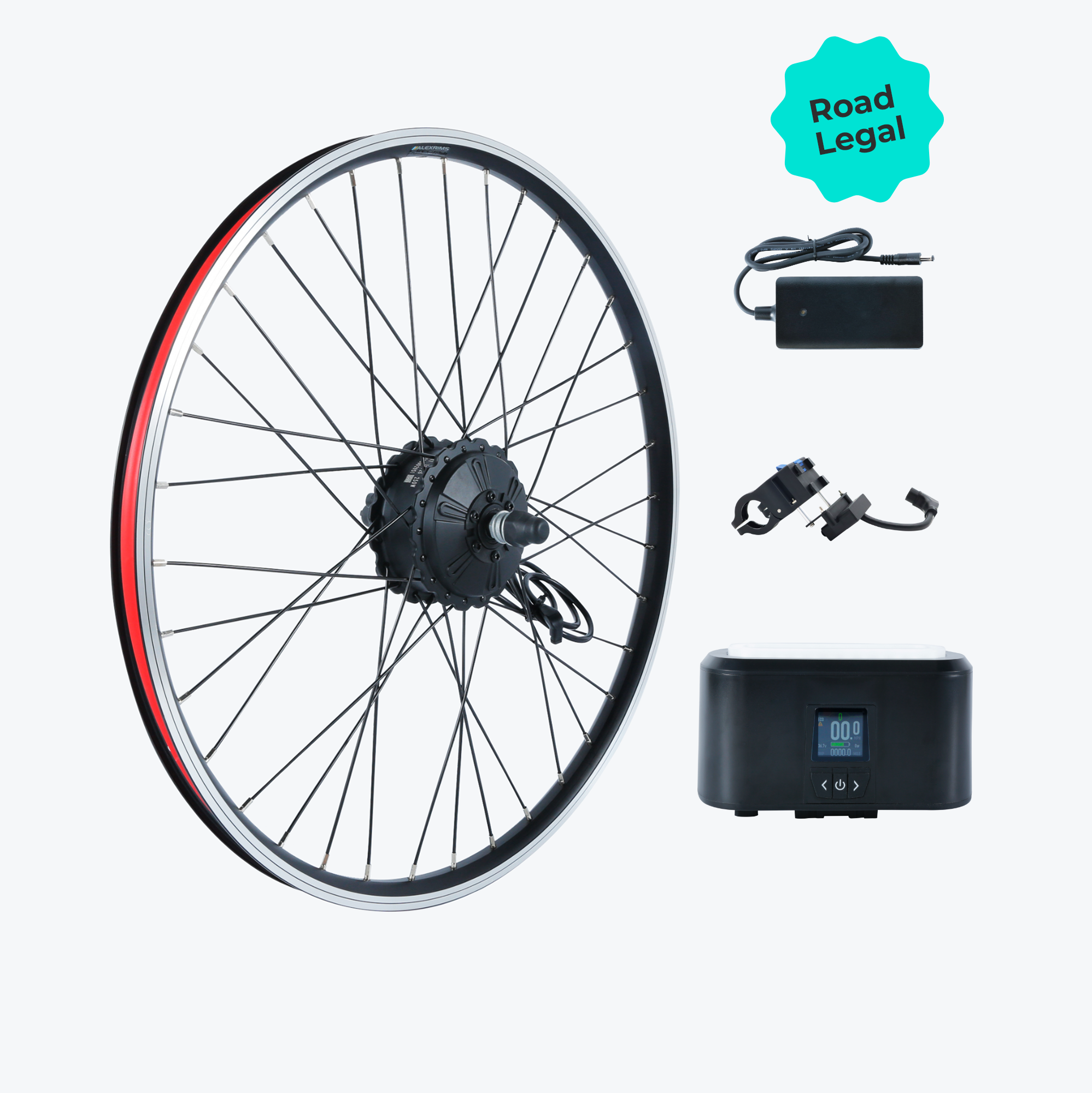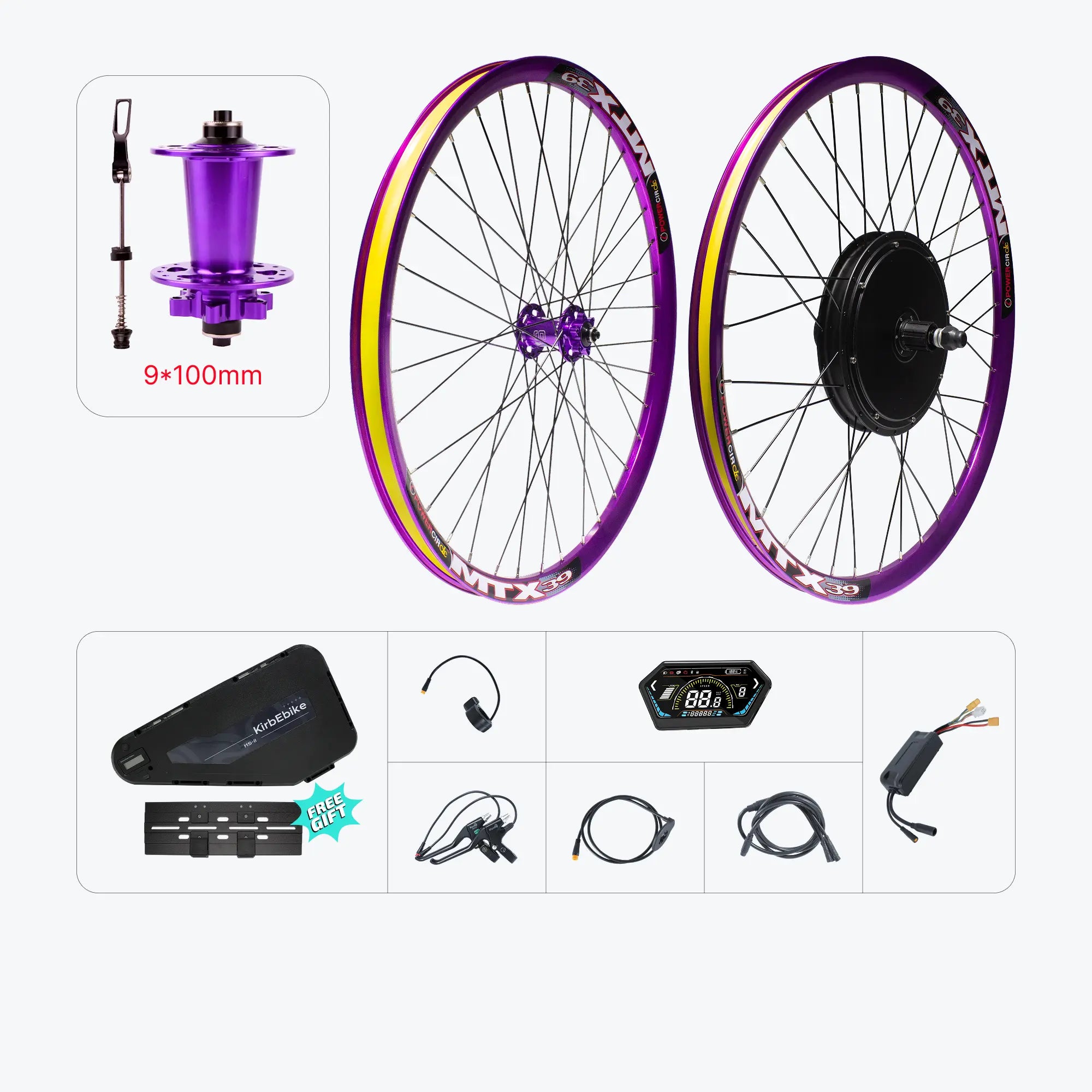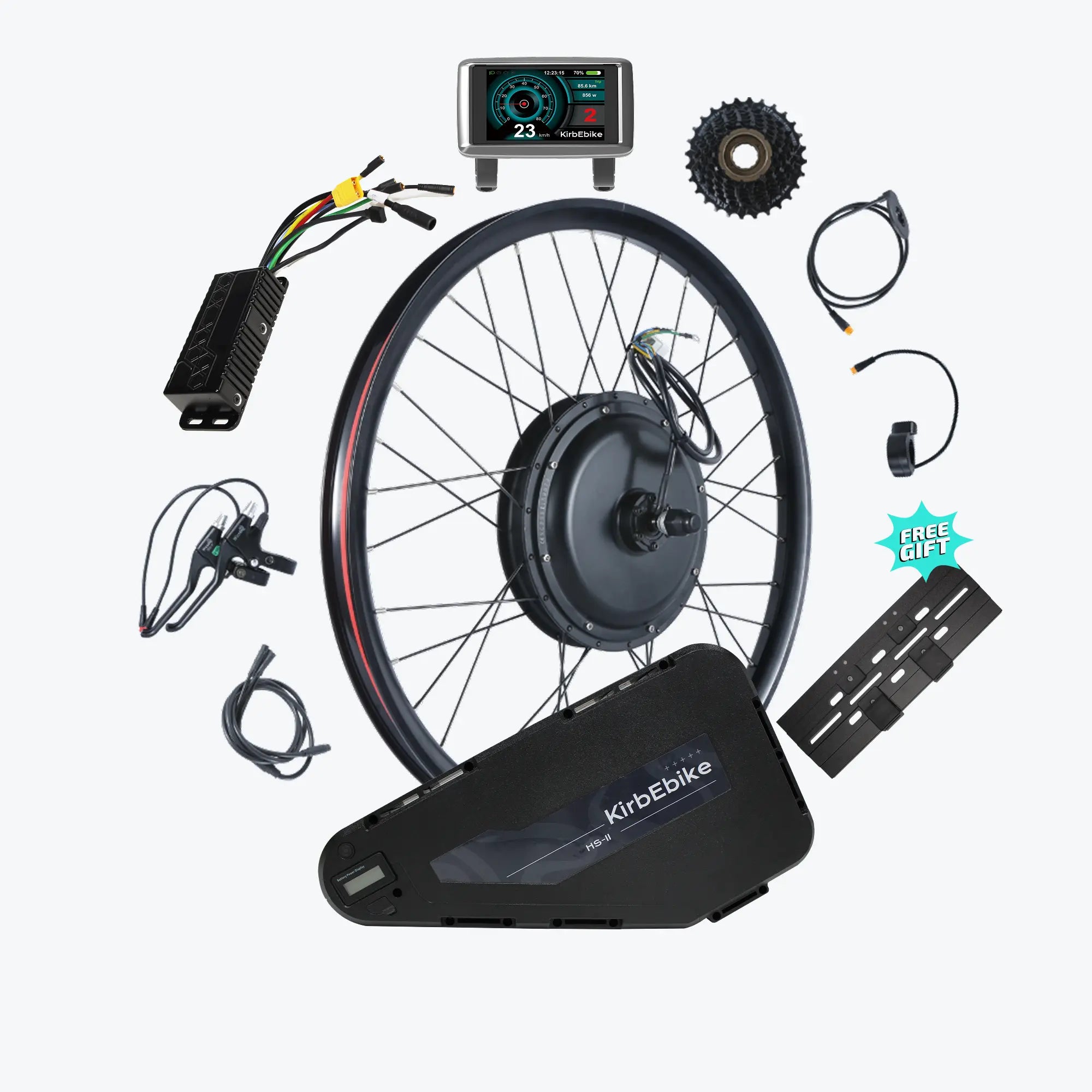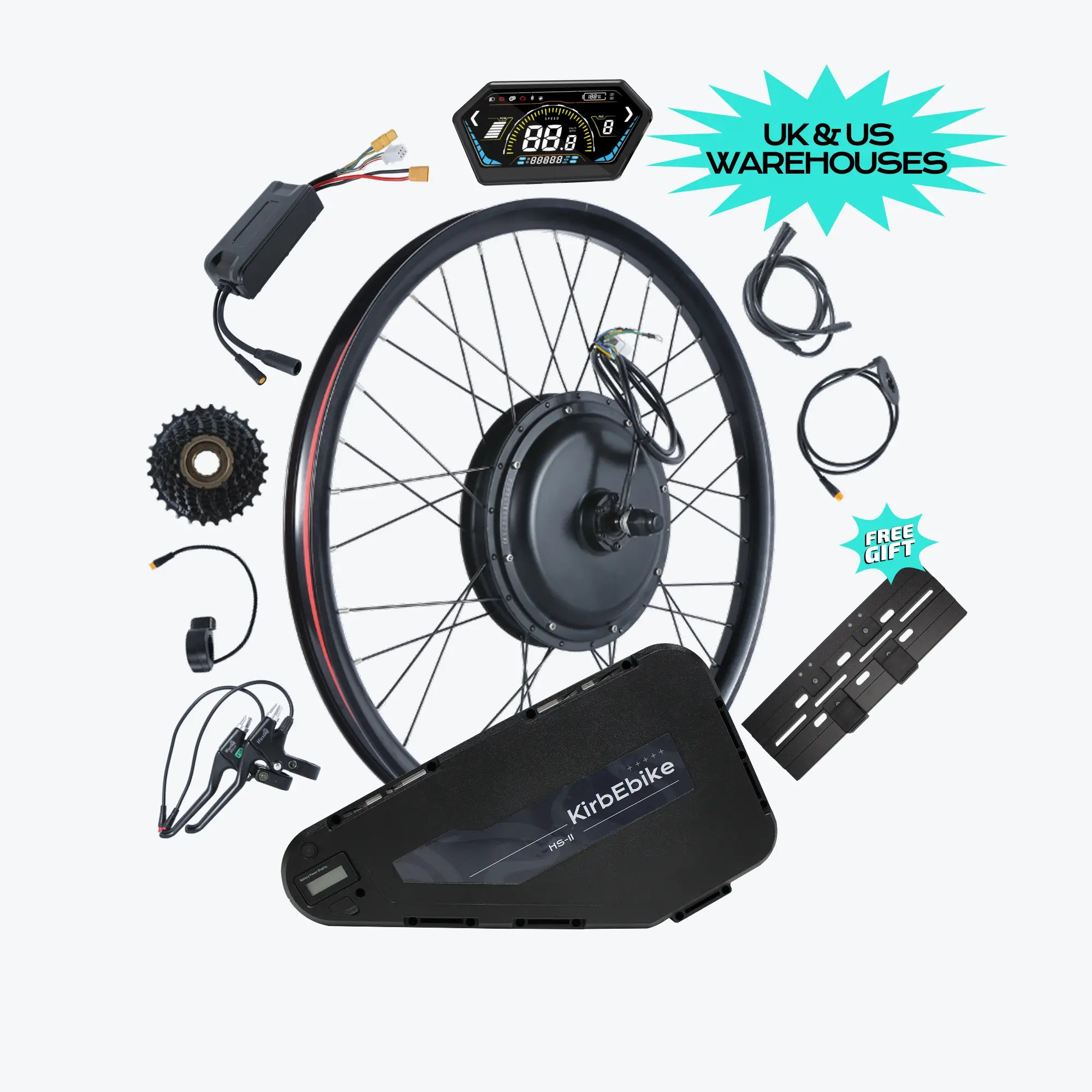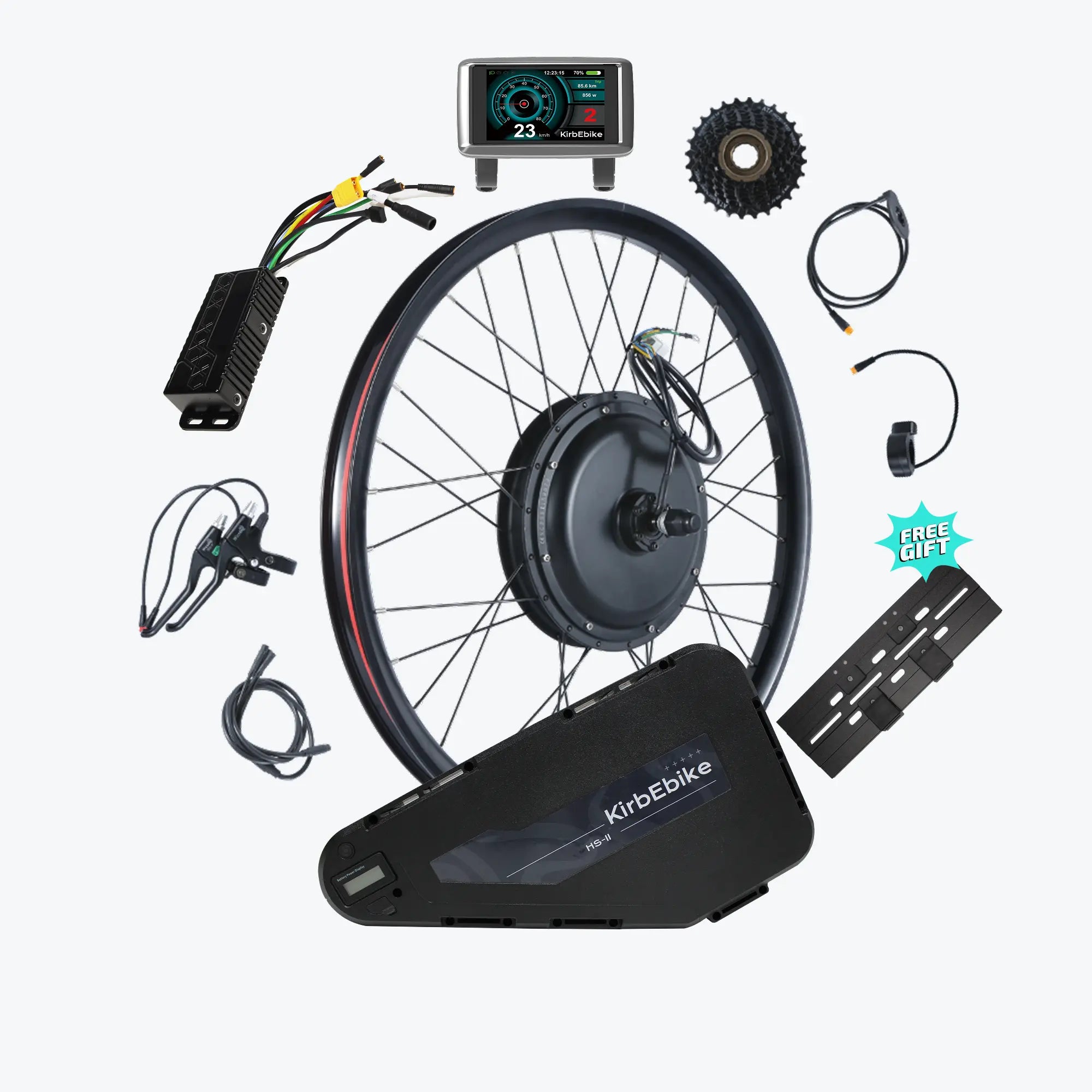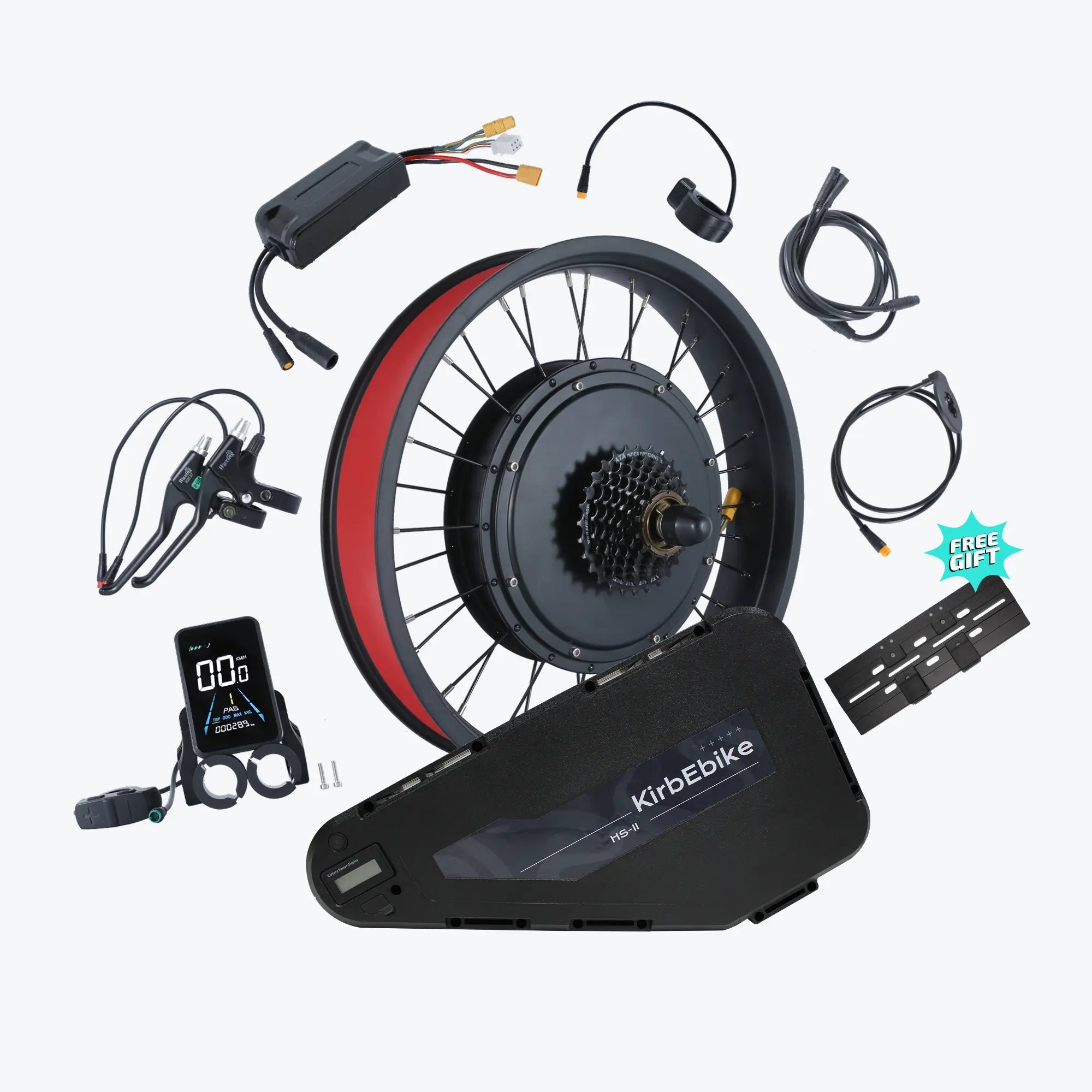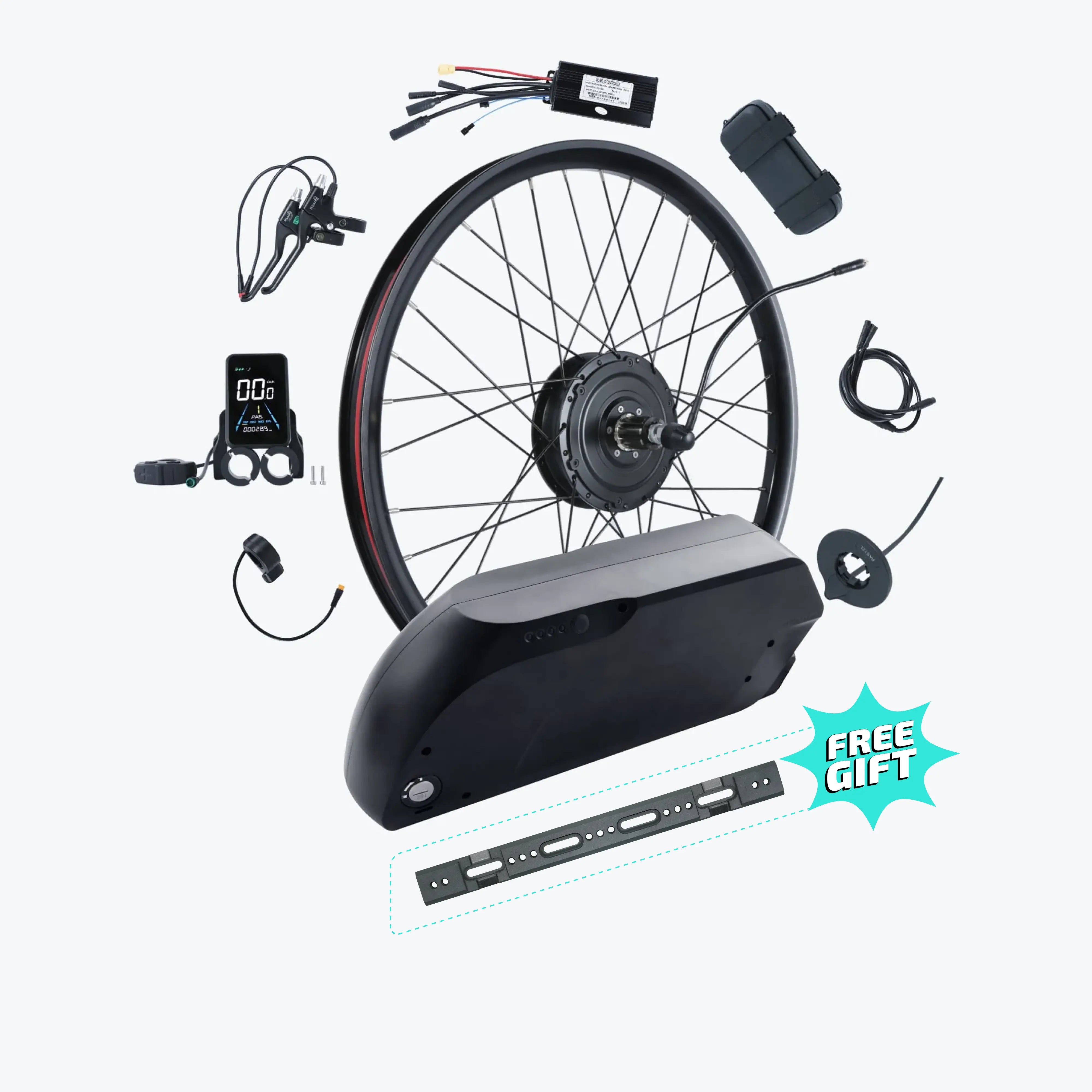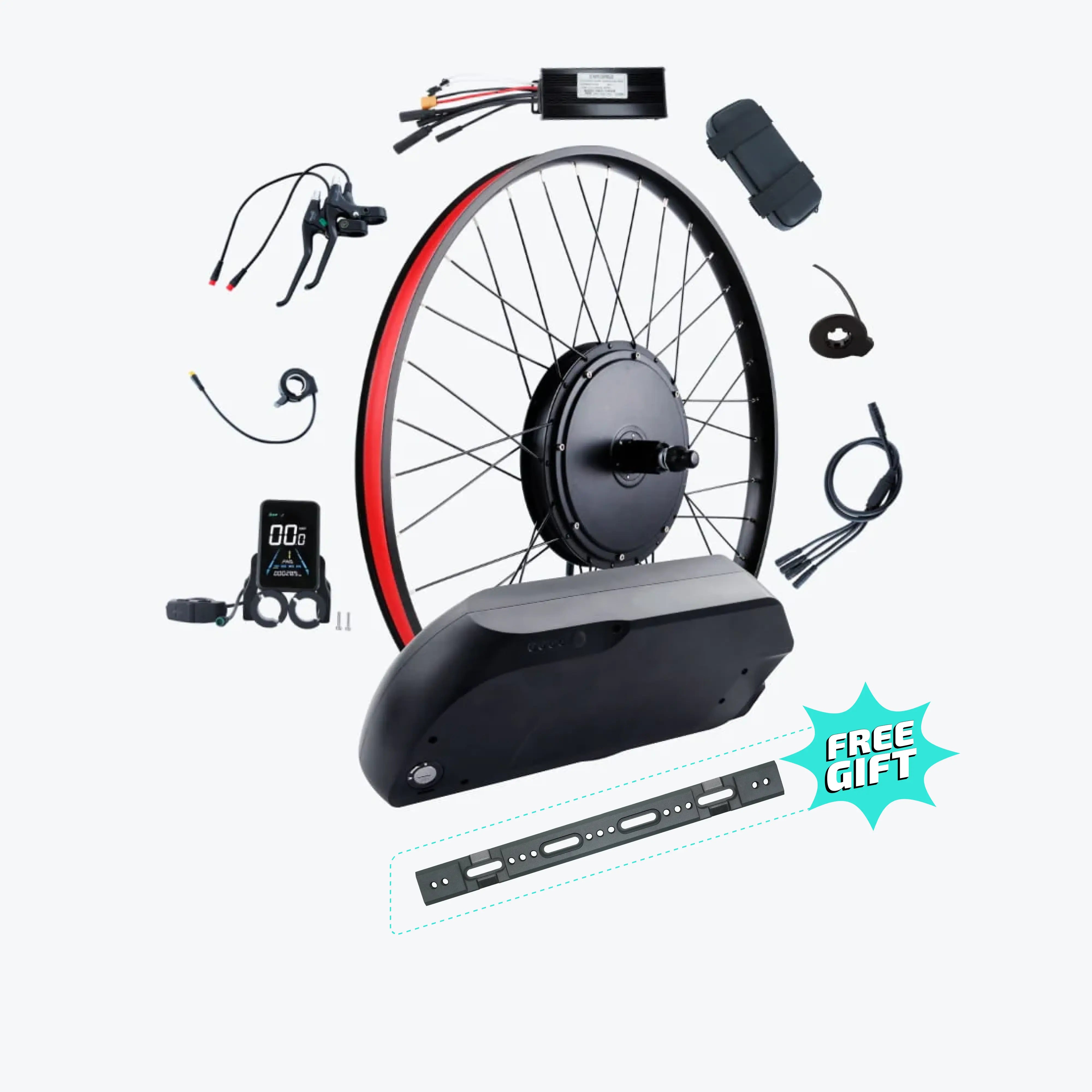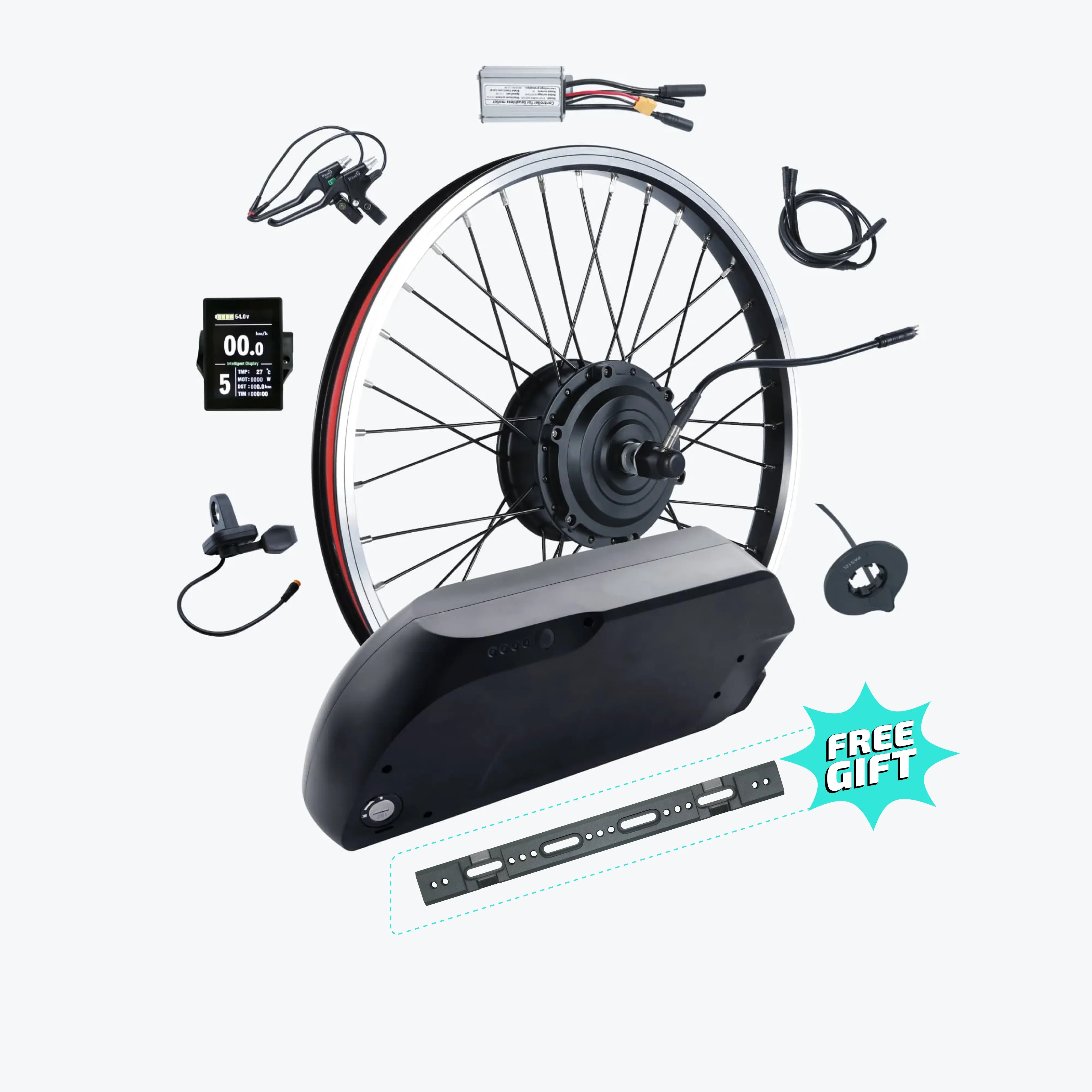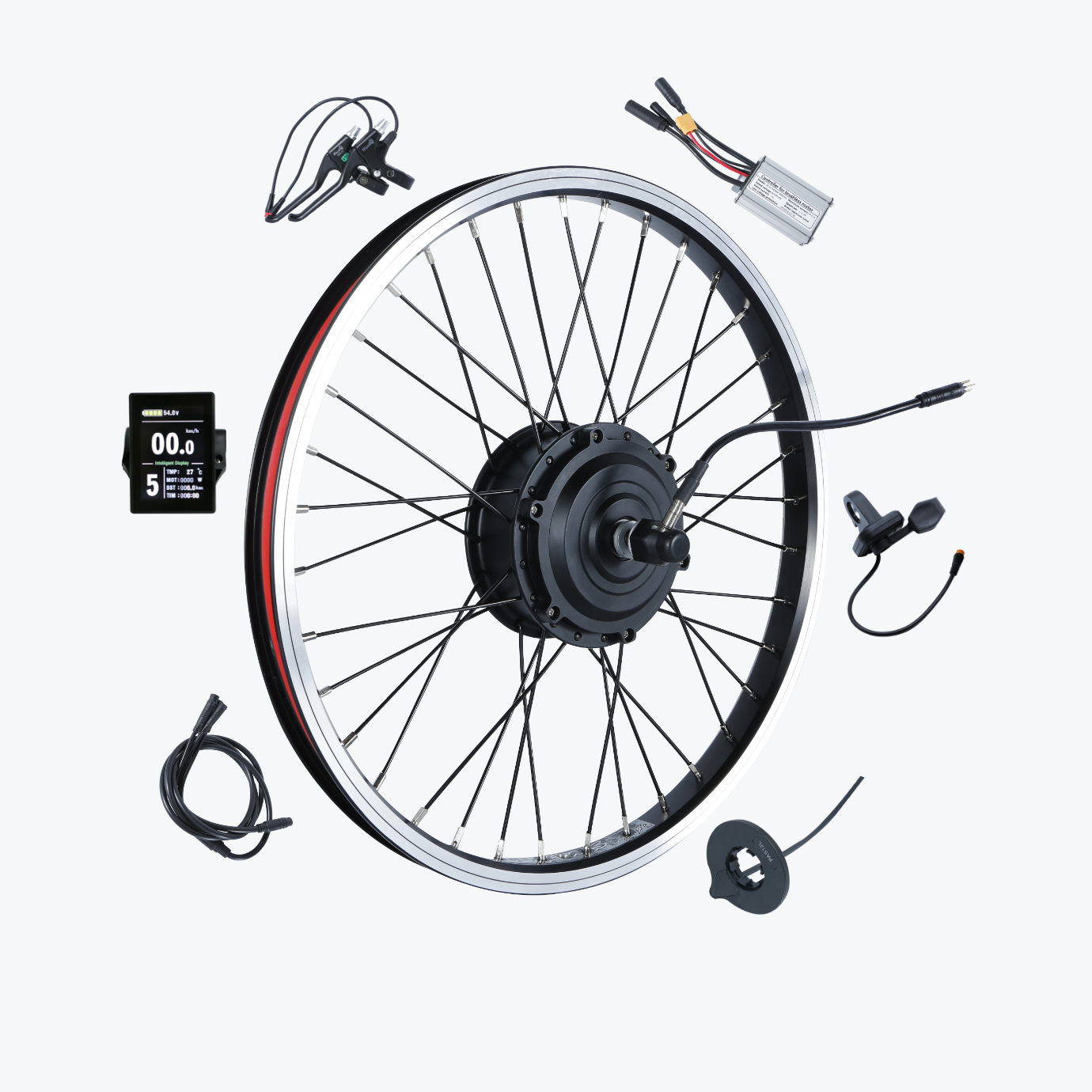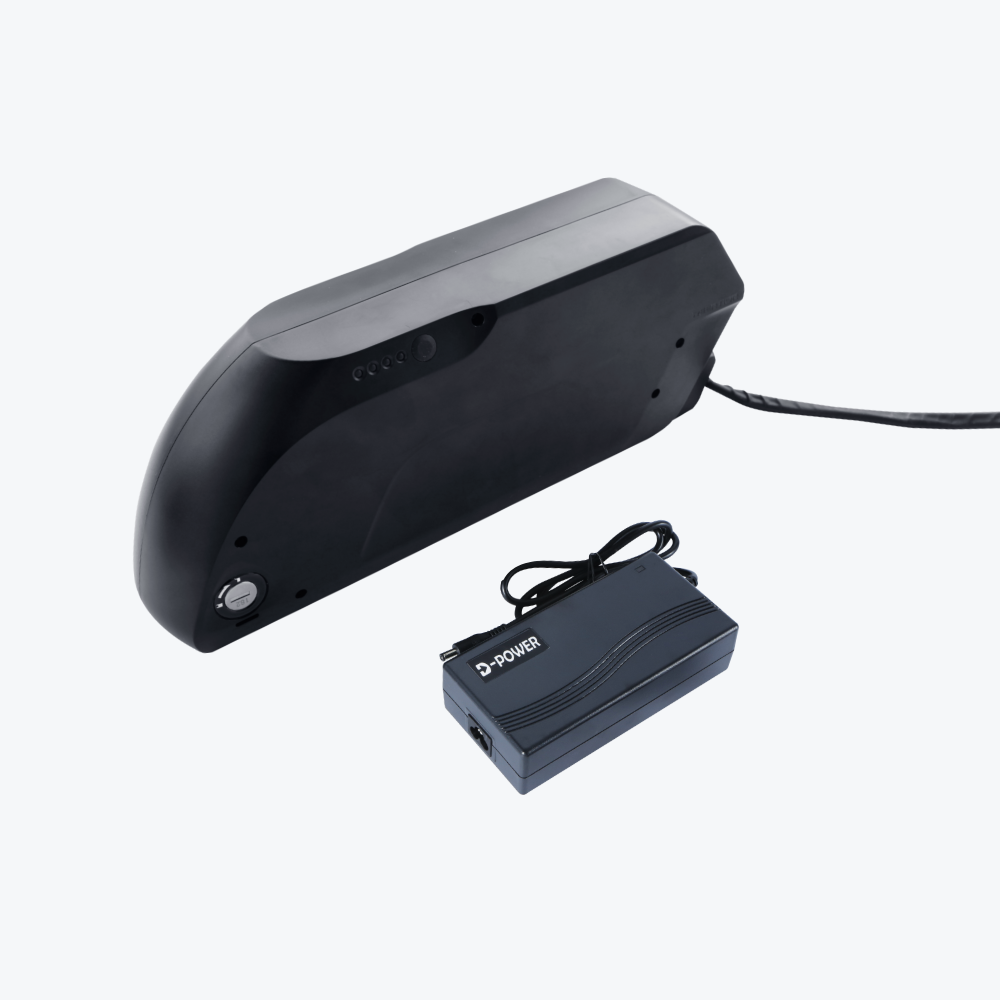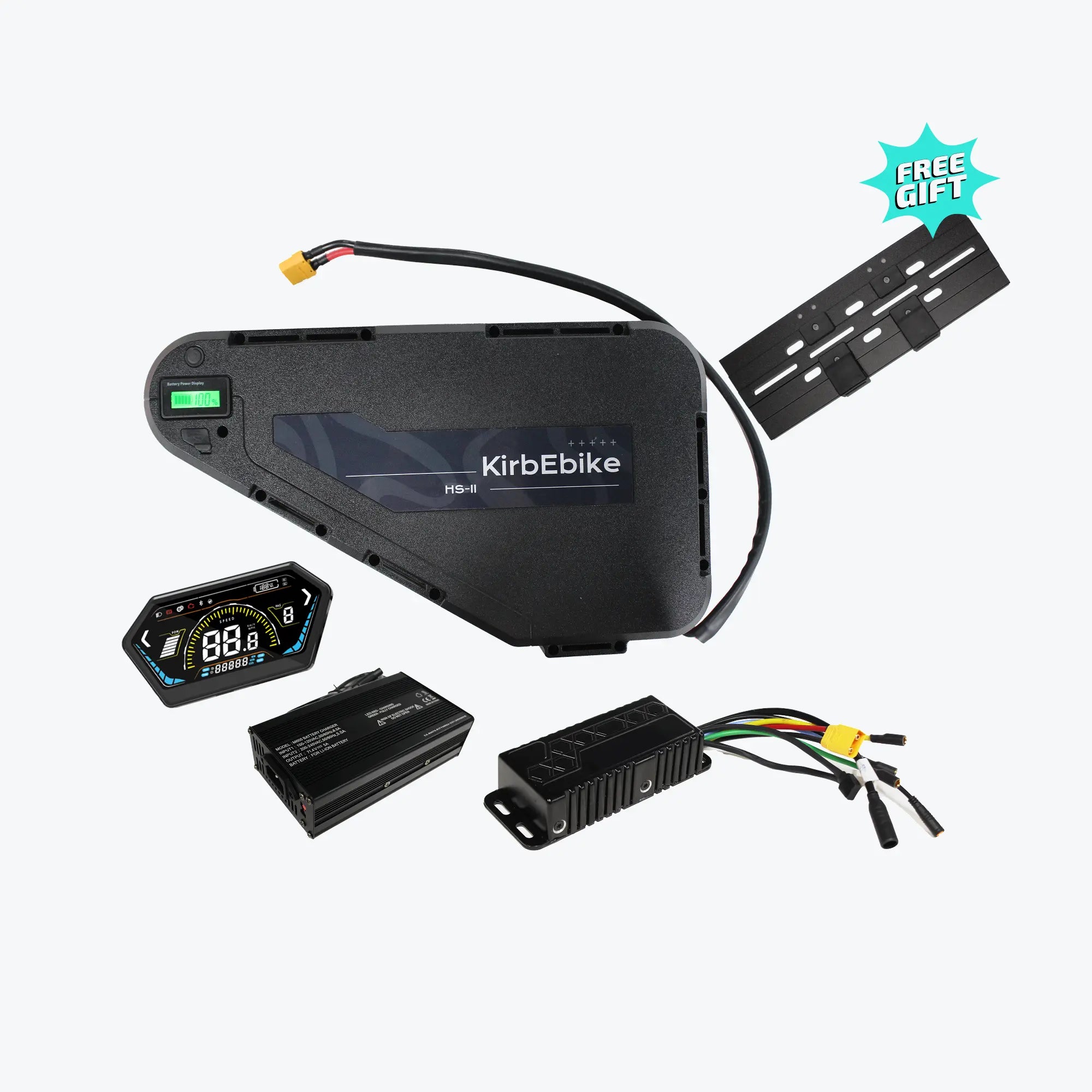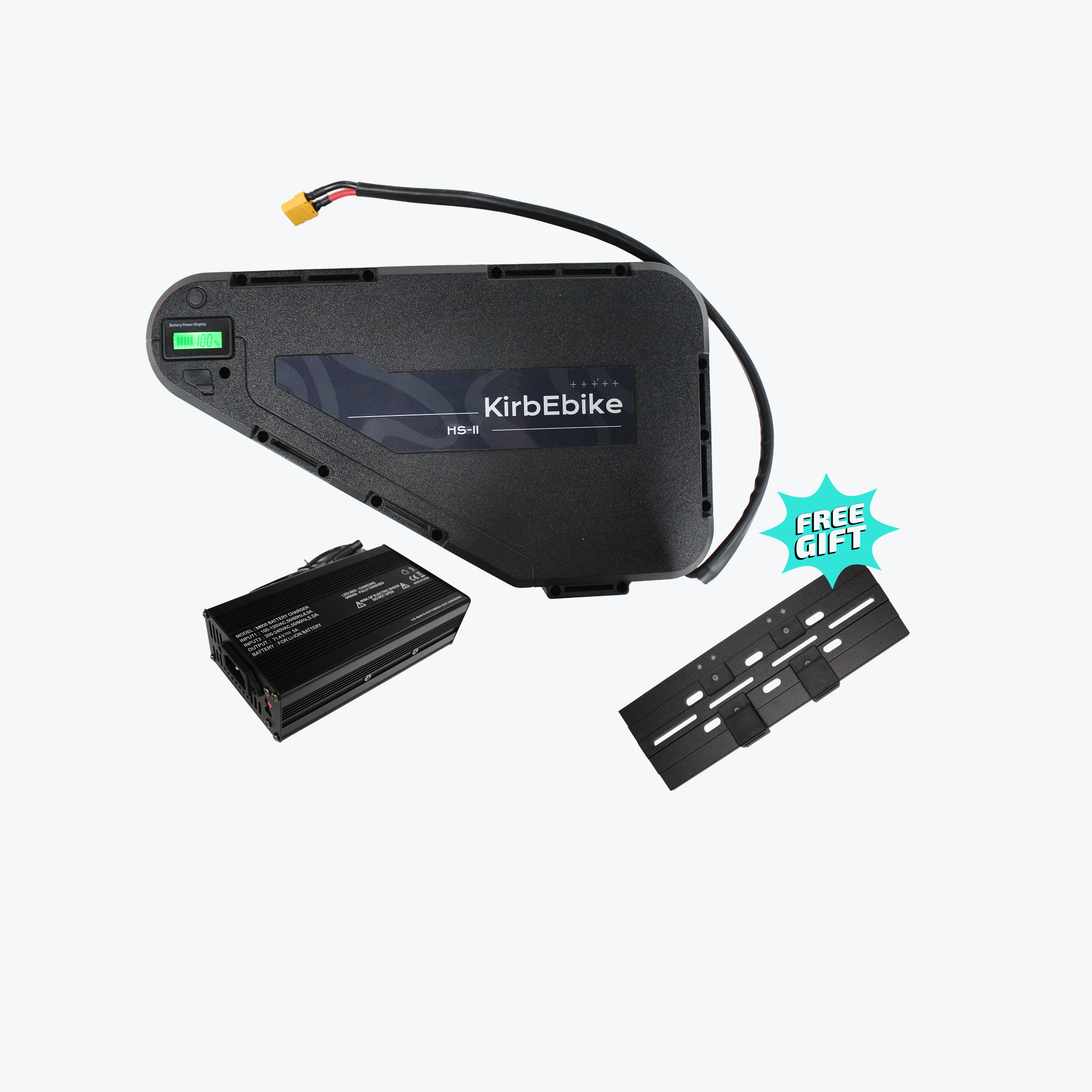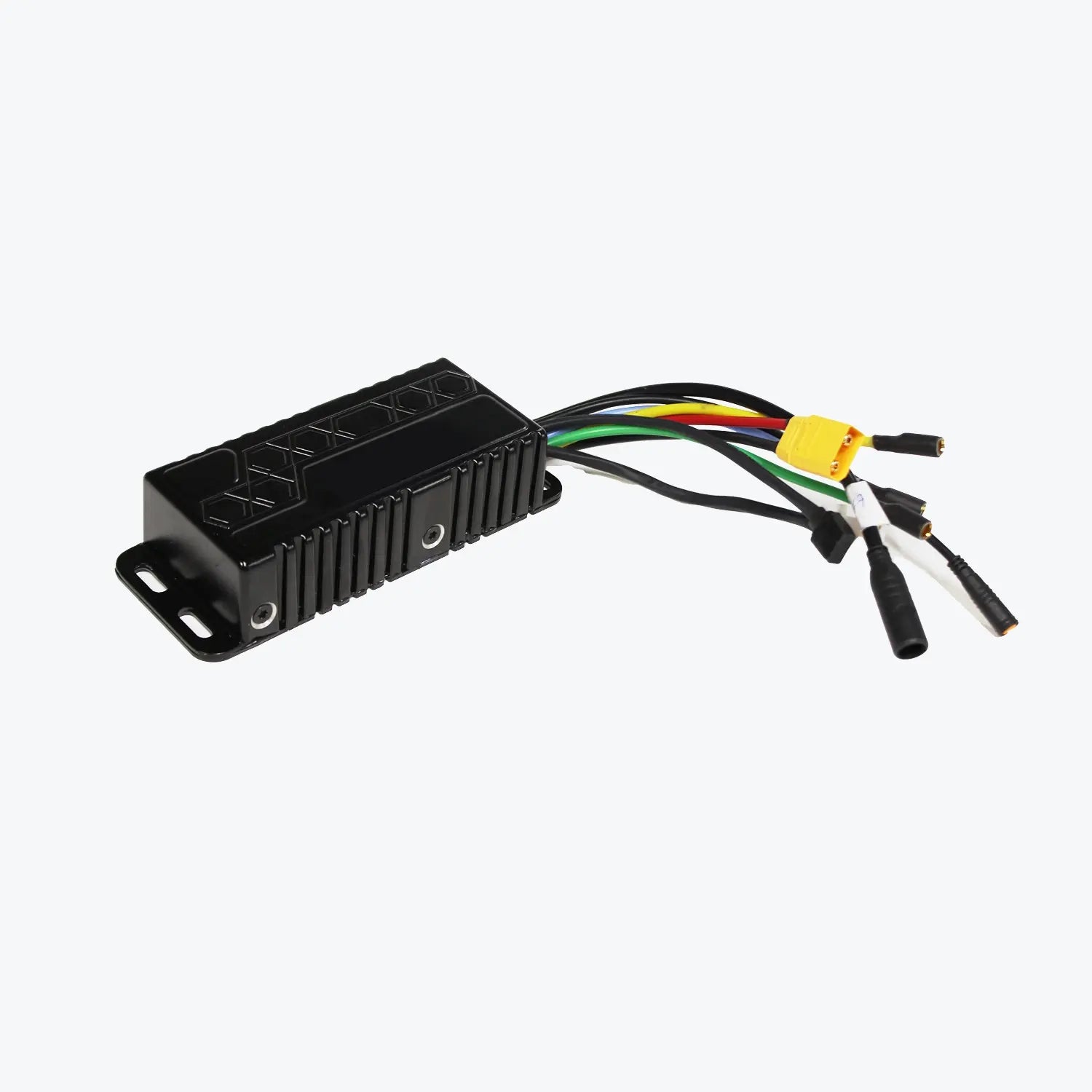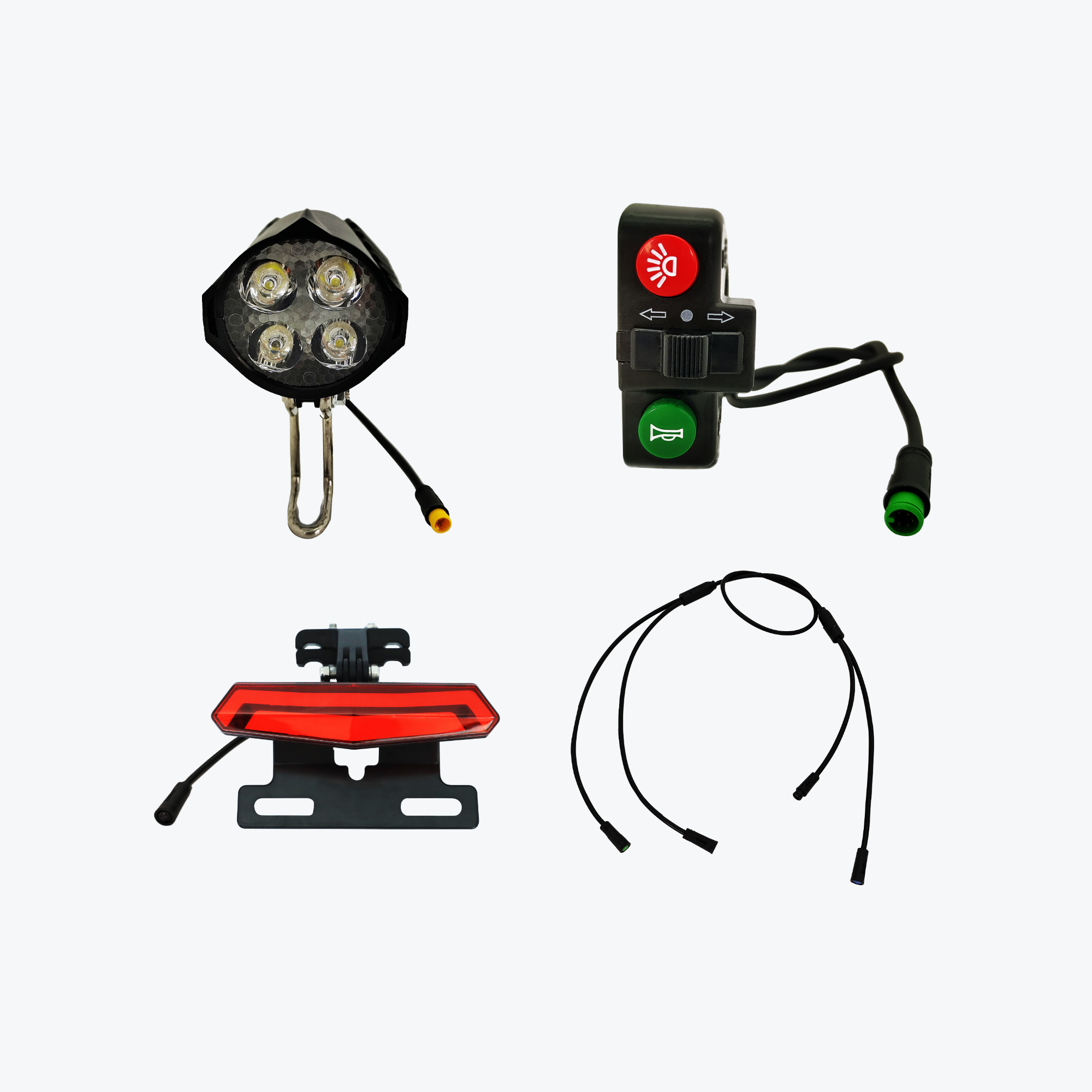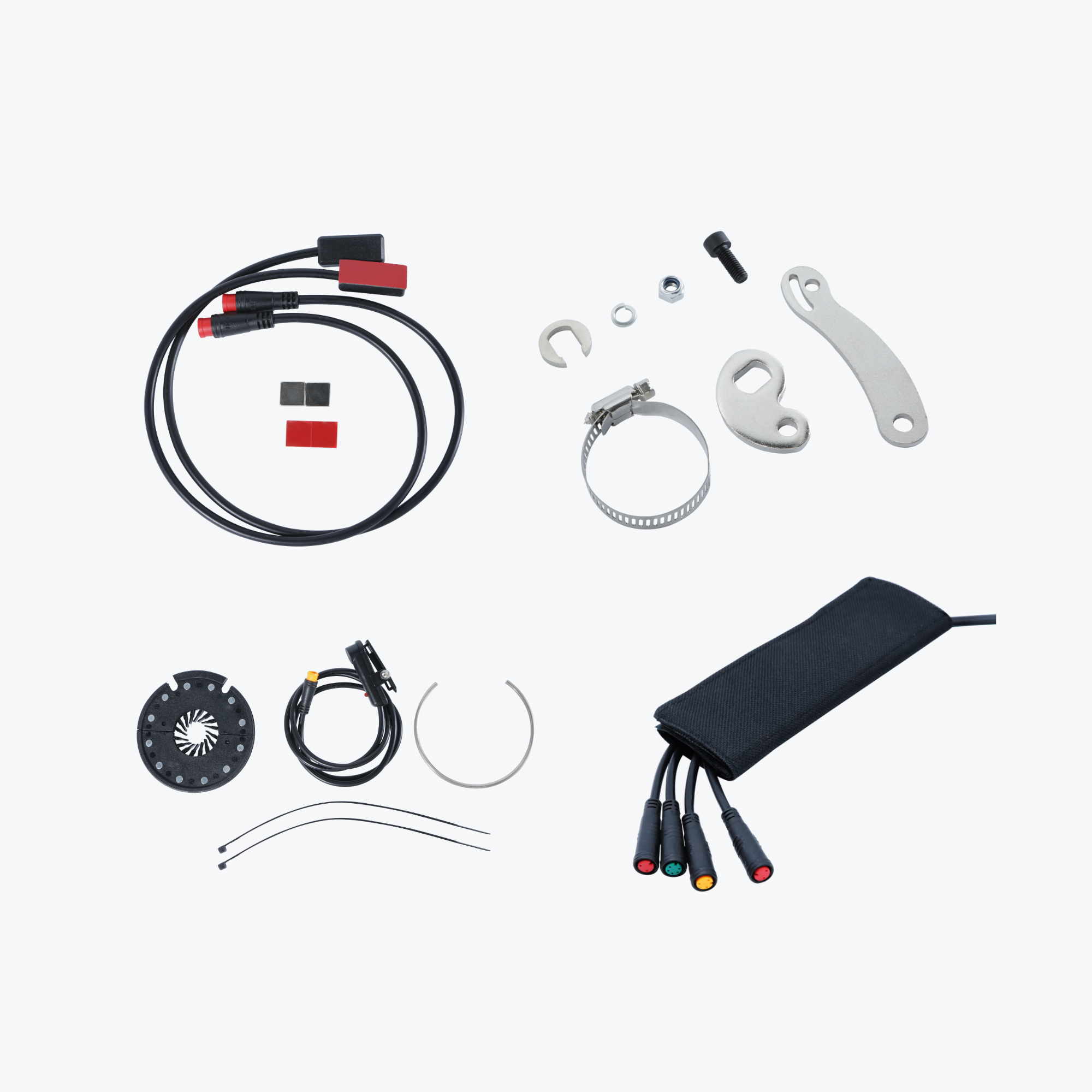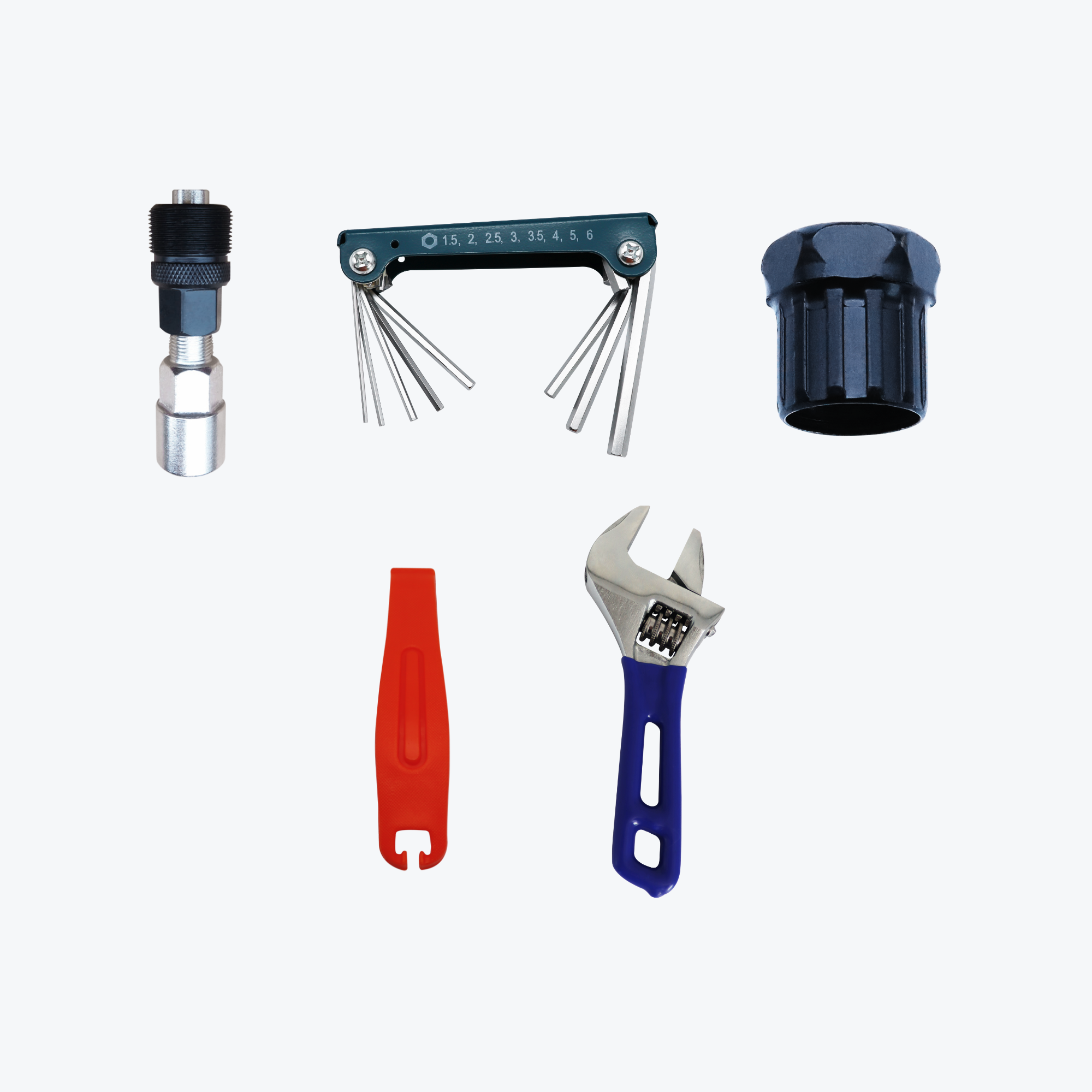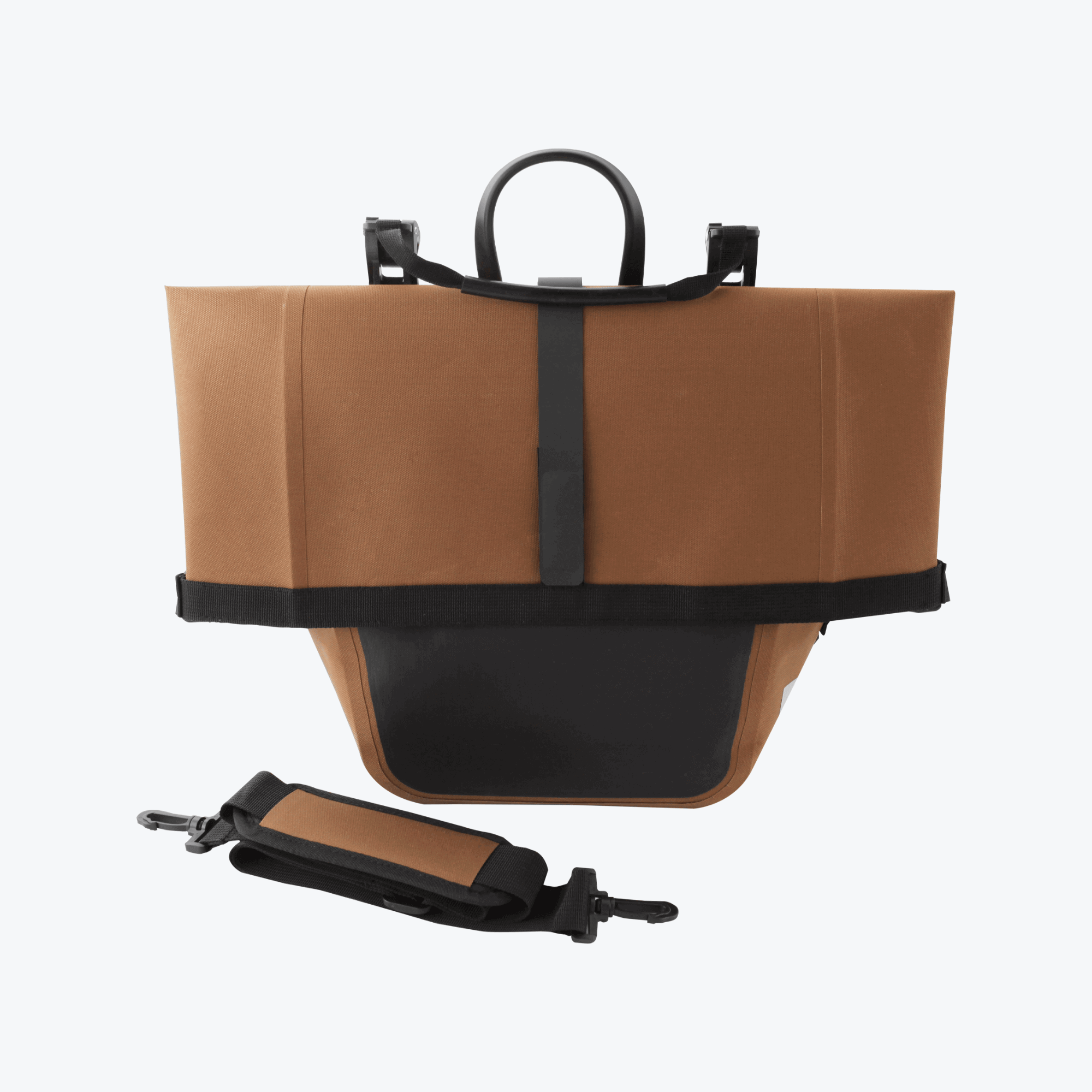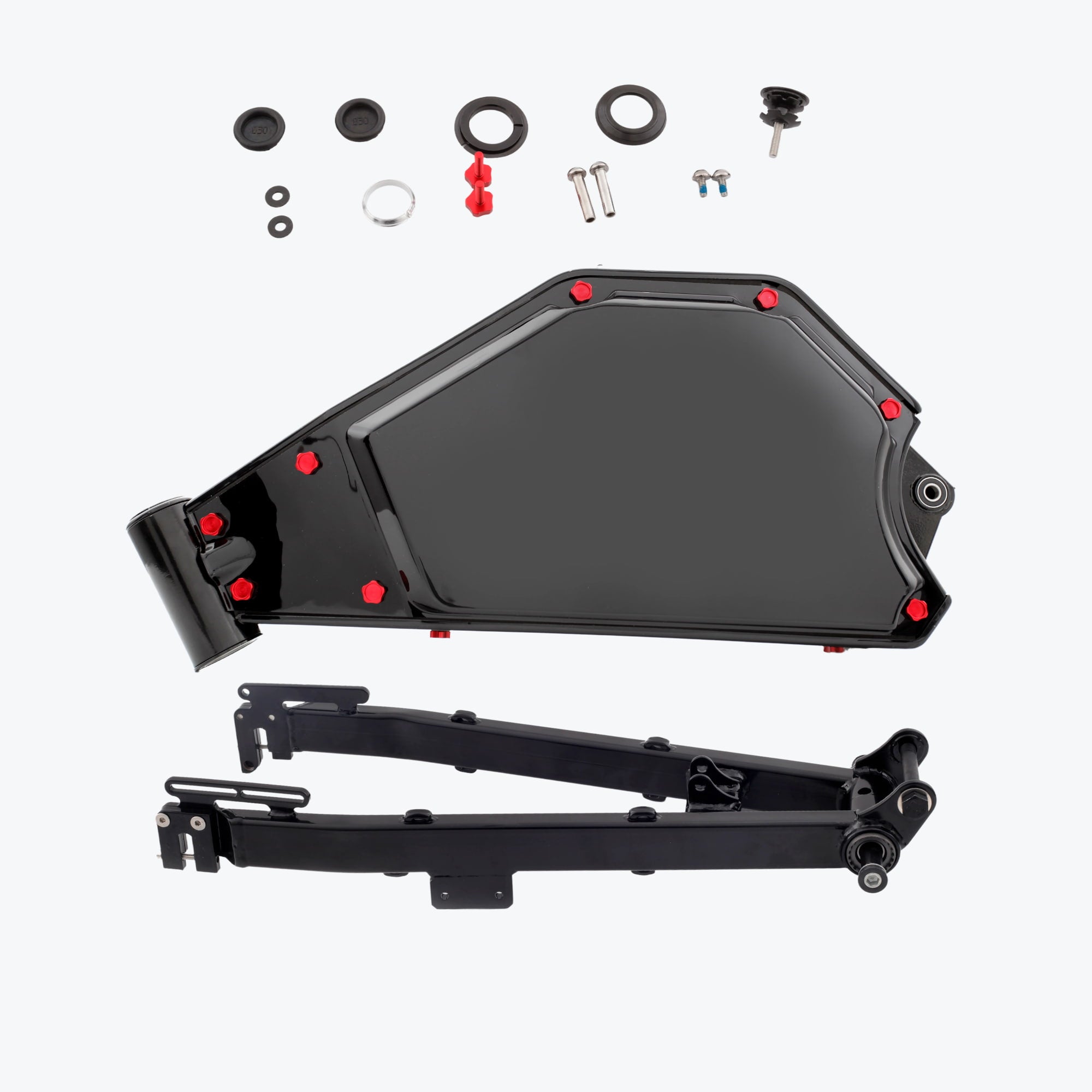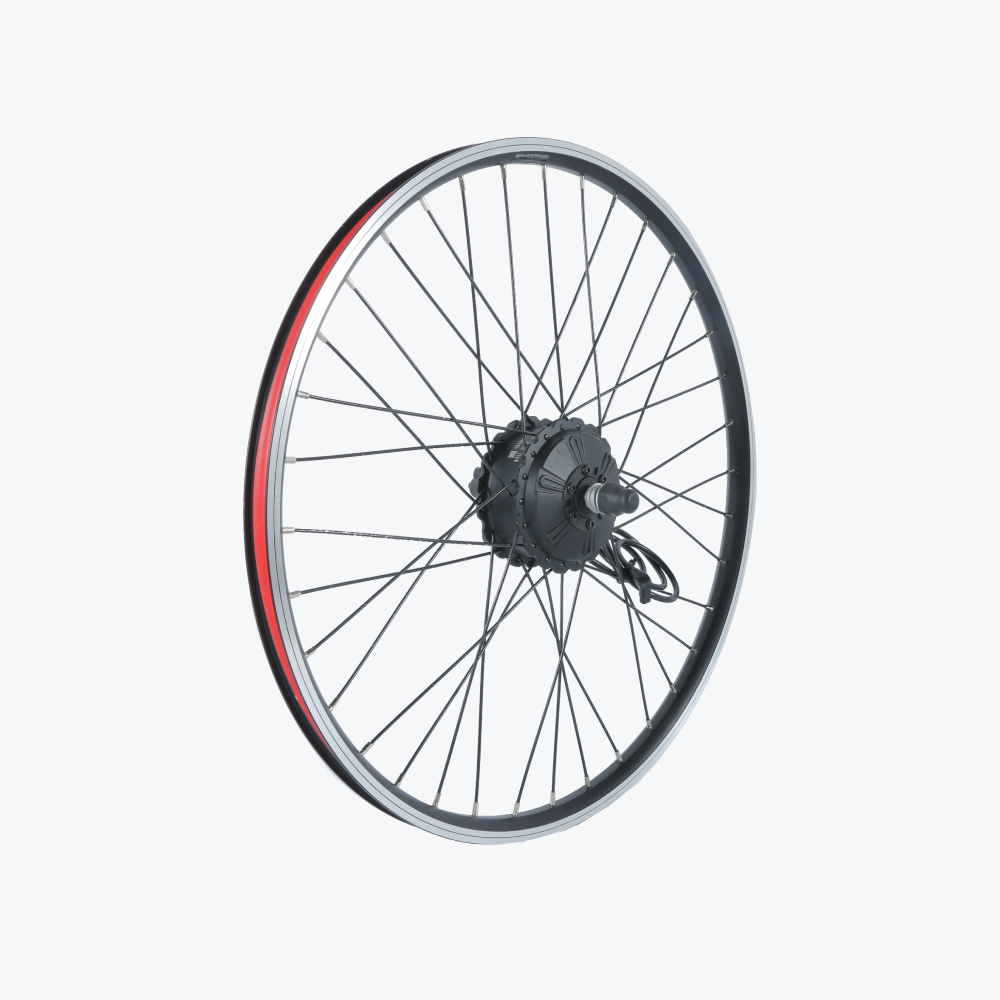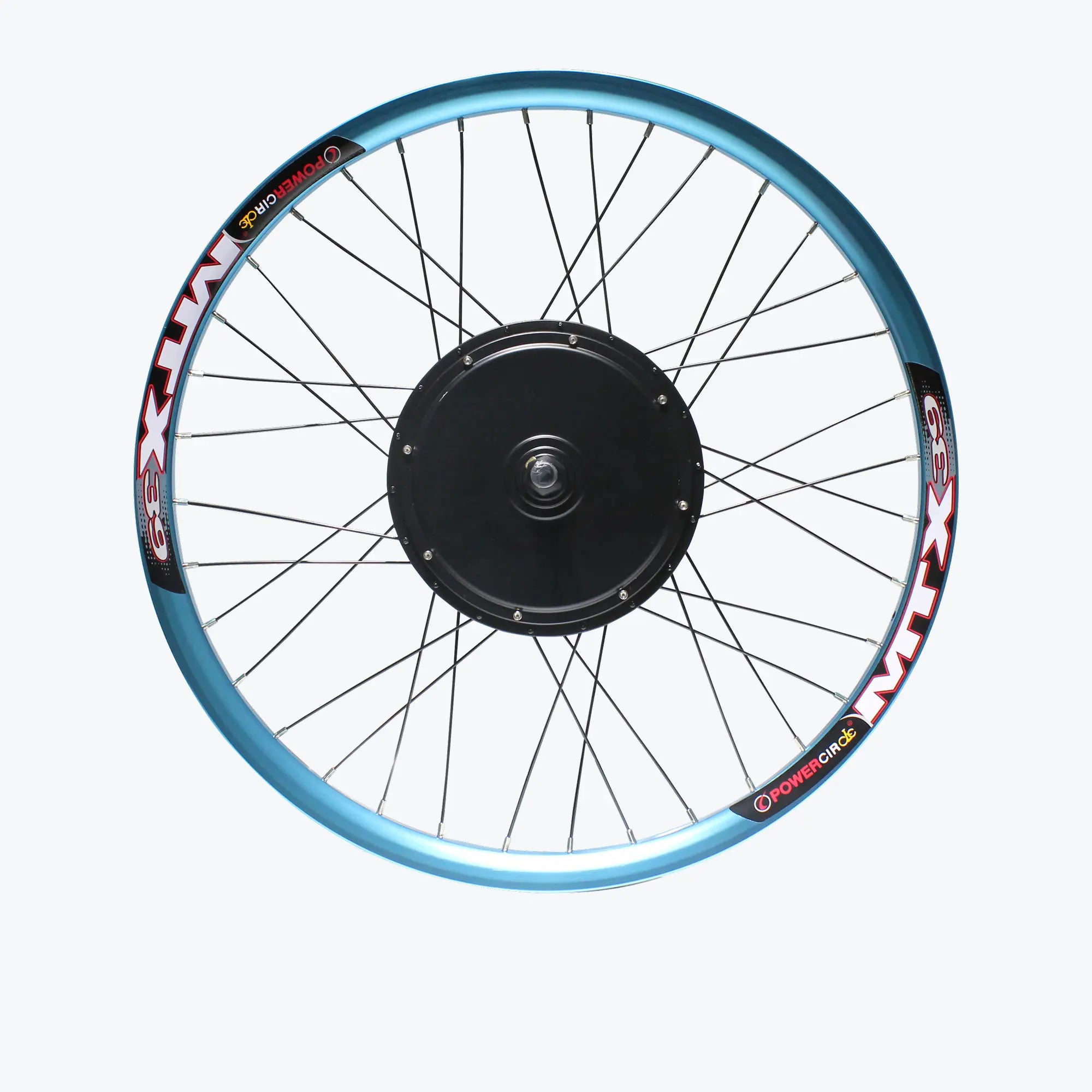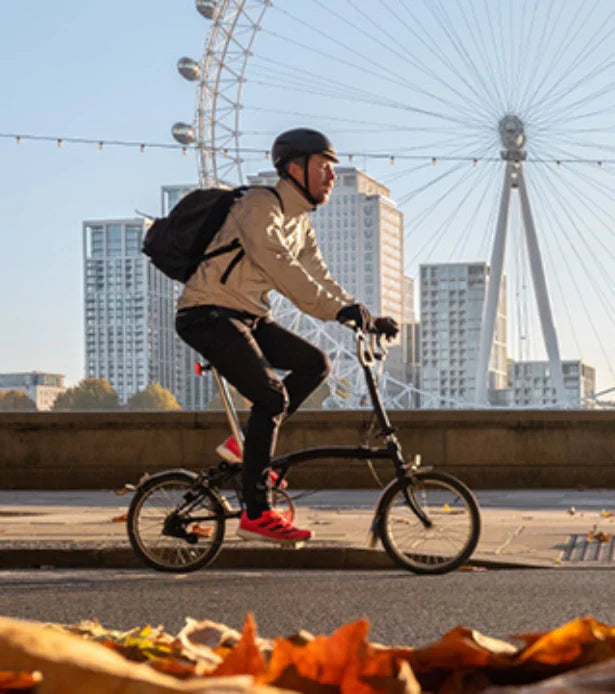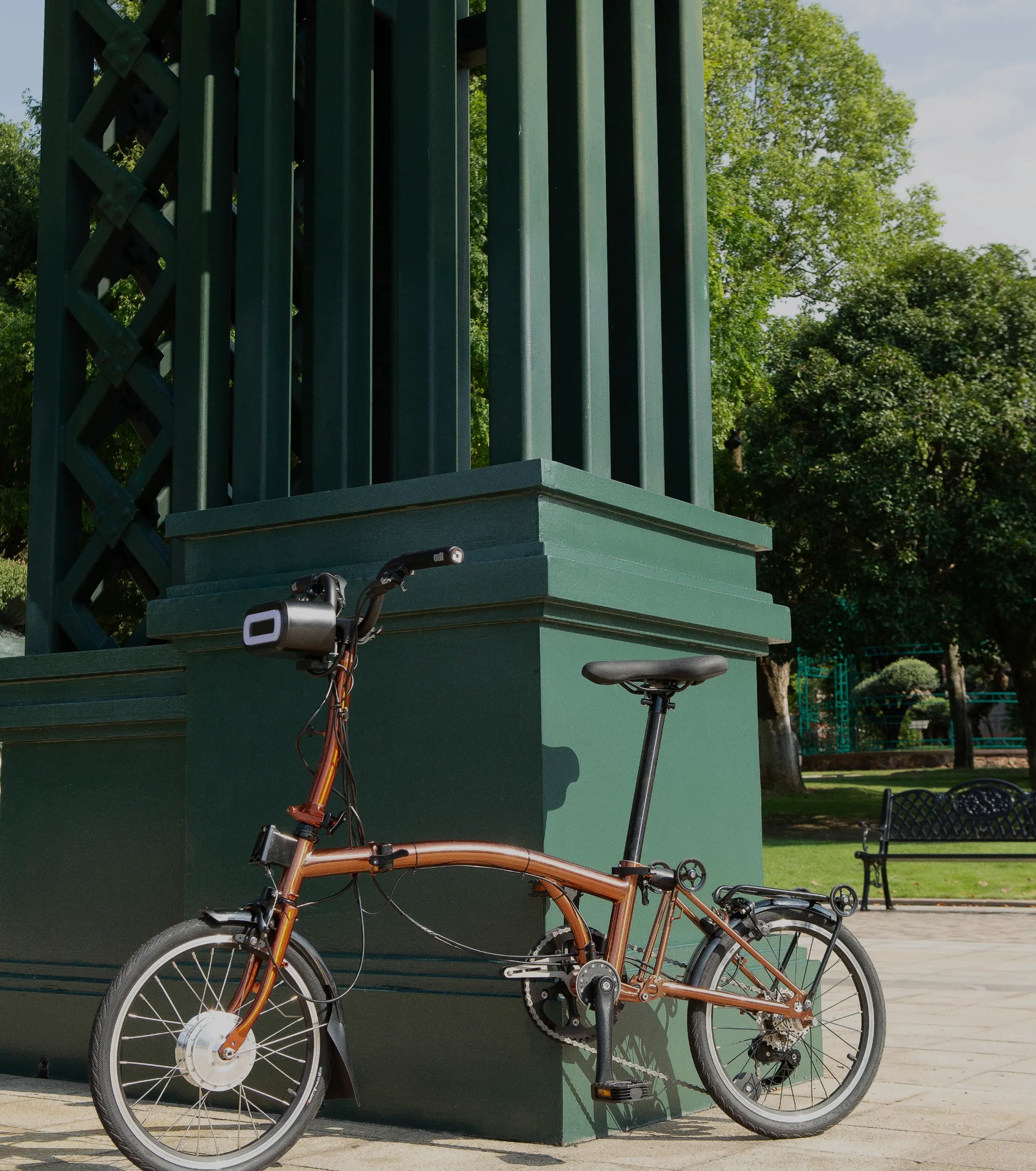If you’ve ever wondered what is the best ebike conversion kit, you’re not alone. With electric bikes getting more popular every year, conversion kits offer an affordable way to give your existing bike a serious upgrade. Instead of buying a new e-bike, you can add a motor, battery, and controller to your current setup and unlock electric-assist speed and range.
Upgrade the bike you already love—without paying full e-bike prices. This guide answers what is the best ebike conversion kit, shows you the top types (front hub, rear hub, mid-drive), and helps you pick a best ebike conversion kit with battery for your commute, hills, or off-road fun. UK readers: we also call out the best ebike conversion kit UK options that obey 250 W/25 km/h rules.
The Quick List
-
Best lightweight commuter (another product): 250 W front-hub kit with compact battery—fast install, low weight, UK-friendly.
-
Best UK-legal value (our pick): KirbEbike EZ Rider 36 V 250 W front hub + 36 V 7 Ah battery—simple, compliant, wallet-friendly.
-
Best mid-drive feel (another product): Torque-sensing mid-drive (250 W UK-legal / higher power for private land).
-
Best off-road budget speed (another product): 52 V/60 V rear-hub sport kit—strong pace for private land use.
-
Fastest to fit/removable (another product): Clip-on / friction / disc-drive style—clean looks, near-instant install.
Why Choose an E-Bike Conversion Kit?
Conversion kits are appealing because they let you keep the bike you already love while adding modern electric performance. They’re often more cost-effective than buying a new e-bike, and they offer flexibility: you choose the motor power, the battery size, and even whether the kit is subtle or built for raw speed.
Kits also allow you to customize. You can build a lightweight commuter with a 250W front hub, or a trail-ready fat bike with a 72V triangle battery and a 3kW hub motor. This adaptability is exactly why riders in the UK and beyond search for the best ebike conversion kit with battery instead of limiting themselves to pre-built e-bikes.
Best E-Bike Conversion Kit ( 2025 Lineup)
Upgrade your bike at home in under an hour with one of these tested KirbEbike kits. Whether you want a UK-legal 250 W commuter, a 45+ mph sport build, or an extreme 4000 W fat-bike monster, there’s a kit here to match.
1) Lightweight Front-Hub Commuter Kit

A 250 W front-hub wheel with a small handlebar or down-tube battery. It keeps weight low, installs in under an hour, and turns a city/hybrid/folder into a breezy commuter that still feels like your bike.
Feature highlights
-
250 W geared front hub, cadence-based PAS
-
Compact 200–360 Wh battery options
-
Clean harness; simple wheel-swap install
-
Display with speed/assist readout
-
Typical assist cap: 25 km/h (15.5 mph)
Pros vs Cons
|
Pros |
Cons |
|
Very light and tidy build |
Shorter range vs bigger packs |
|
Quickest DIY install |
Front-wheel traction needs care on steep/wet starts |
|
UK-friendly 250 W + 25 km/h cap |
Cadence PAS can feel “on/off” at high assist |
|
Easy to remove battery for charging |
Limited hill punch vs mid-drive |
|
Great for folders/step-throughs |
2) KirbEbike EZ Rider Kit — 36V 250W Front Hub + 36V 7Ah Battery

A lightweight, road-legal commuter kit designed for UK/EU rules. The EZ Rider converts almost any hybrid, city, or folding bike into an electric commuter. With 250 W output, a capped speed of 15 mph, and a modest 36 V 7 Ah battery, it’s perfect for short commutes and everyday errands.
Features
-
36V 250W geared hub motor (50 Nm torque)
-
15 mph legal speed cap (UK/EU compliant)
-
15–25 mile estimated range
-
TFT LCD colour display with PAS settings
-
Weight: 3.8 kg motor wheel
-
Simple 20-minute install
-
Includes free brake sensor, PAS, and tool kit
Pros & Cons
|
Pros |
Cons |
|
Fully UK/EU road-legal (250 W / 25 km/h) |
Limited to short-range commutes |
|
Lightweight & simple install (20 min) |
7 Ah battery is modest for long trips |
|
Affordable entry-level option |
Not suited for hills or heavy loads |
|
Includes accessories (PAS, brake sensor) |
Front hub changes handling slightly |
|
Great for Brompton & commuter bikes |
3) Torque-Sensing Mid-Drive

A mid-drive at the cranks with torque sensing amplifies your effort through the gears. It’s the most “bike-like” experience—ideal for hills, stop-start traffic, and loaded panniers.
Feature highlights
-
250 W UK-legal tune; higher-power variants for private land
-
Torque sensor = smooth, proportional assist
-
Uses your cassette for efficient climbing
-
LCD control, multi-level assist, walk-mode
-
Fits common 68–73 mm BB shells (check your frame)
Pros vs Cons
|
Pros |
Cons |
|
Most natural pedalling feel |
Install is more involved than hub kits |
|
Best for hills and mixed terrain |
Increases drivetrain wear (chain/cassette) |
|
Balanced weight, low center of gravity |
Usually pricier than basic hubs |
|
Efficient energy use via gears |
|
|
Great for cargo / child seats |
4) 52 V/60 V Rear-Hub Sport Kit

A rear-hub direct-drive (or high-torque geared) kit on 52 V/60 V with mid-size battery (e.g., 20 Ah) for sport riding on private land. Strong top-end pace, simple wiring, and sturdy rims.
Feature highlights
-
52 V/60 V system; 20 Ah class batteries
-
35–45+ mph private-land potential (kit-dependent)
-
Robust rims, 12G spokes, torque arms
-
Color display, PAS + throttle (private land)
-
Install often under an afternoon
Pros vs Cons
|
Pros |
Cons |
|
Excellent traction & stability |
Not UK-road legal at these powers/voltages |
|
Simple to wire vs mid-drive |
Heavier rear wheel; plan puncture protection |
|
Strong value vs premium systems |
Needs strong brakes and careful setup |
|
Good compromise of speed & cost |
|
|
Easy service (wheel swap) |
5) Clip-On / Removable Drive Unit

A compact motor/battery module that clamps to the frame or replaces the rear rotor interface. No wheel building or BB work—just clip on, pair, and ride. Ideal if you need fast removal or share one unit across bikes.
Feature highlights
-
250 W class motor; integrated battery
-
App or bar-remote control; basic diagnostics
-
Minutes-level install/removal
-
Works best on disc-brake bikes (check chainstay/rotor spec)
-
Eco/Turbo modes; some systems offer regen
Pros vs Cons
|
Pros |
Cons |
|
Easiest, cleanest install |
Often pricier per Wh than hub/mid-drive |
|
Removable for anti-theft or travel |
Range is modest due to compact pack |
|
Looks minimal; hard to spot as e-assist |
Compatibility limits (rotor/chainstay) |
|
Share one unit across multiple bikes |
|
|
Great for flat city rides |
Mid-Drive Conversion Kits: Best for Natural Ride Feel

For riders who want the most natural-feeling pedal assistance, a mid-drive e-bike conversion kit is often the best choice. Positioned at the crank, mid-drives use your bike’s gears to amplify torque, making them excellent for hills and trails. They also keep weight balanced low in the frame.
A good example is the KirbEbike Mid-Motor Conversion Kit, which offers 500W–750W mid-drive performance for off-road builds. While this isn’t UK-road legal at higher outputs, it’s perfect for riders who need the best mid drive ebike conversion kit for private land, MTB trails, or long climbs where torque matters more than pure speed.
Rear Hub Conversion Kits: Best for Speed and Power
When it comes to top-end speed, rear hub kits dominate. They deliver power straight to the wheel, offer simple installation, and can handle high voltage for serious performance. KirbEbike’s range includes 1000W, 2000W, 3000W, and 4000W rear hub kits, often paired with 72V batteries for sustained top speeds of 50–80 km/h (off-road use only).
Pairing a high-power rear hub with a 72V 20Ah–30Ah triangle battery makes for a speed e-bike that can handle long-distance rides and demanding terrain. For anyone searching for best ebike conversion kit with battery 72v, this is the system to look at. Just keep in mind: it’s built for off-road, not for public UK roads.
Front Hub Conversion Kits: Best for Simplicity
Front hub kits are straightforward and beginner-friendly. You simply replace your bike’s front wheel with a motorized one and mount the battery on the frame or bars. While they can feel different in handling (front-heavy steering), they’re affordable and easy to install.
The KirbEbike EZ Rider 250W kit is a standout here. Designed even for Brompton folding bikes, it’s lightweight, UK-legal, and perfect for commuters who want a discreet electric boost without spending thousands on a new e-bike.
Battery Matters: 36V, 48V, 52V, or 72V?
The battery you choose defines your ride.
-
36V–48V: Good for commuting, everyday use, and legal builds.
-
52V: Popular upgrade for a balance of speed and range.
-
72V: The powerhouse option for speed e-bikes and long-distance off-road riding.
KirbEbike’s Battery Collection includes compact down-tube packs for city rides and high-capacity triangle packs for speed. Riders chasing reviews of the best ebike conversion kit with battery 72v will find the 72V 20Ah Lithium Pack with 5A charger a solid starting point—balanced, safe, and upgradeable.
Quick answer: “Best” depends on where and how you ride

If you need UK-road legality, the best e-bike conversion kit is a 250 W pedal-assist setup capped at 15.5 mph (25 km/h)—a front-hub commuter kit with a compact battery is ideal. If you want a natural feel for hills and trails, a mid-drive wins for torque and balance (off-road at higher wattages). If you’re chasing speed and long range on private land, a rear hub + 72 V triangle battery holds top speed and momentum better than anything else.
How to Choose (Fast Checklist)
1) Where will you ride?
-
UK roads/cycle lanes: 250 W continuous, assist to 25 km/h, PAS-only → front hub or mid-drive.
-
Private land: Consider higher power/voltage if you want speed and range.
2) Terrain & load
-
Flat city: Front or rear hub = simplest.
-
Hills/cargo: Mid-drive feels best.
3) Battery range
-
360–500 Wh: Daily commuting, short errands.
-
500–700 Wh: Longer or hillier days.
-
1,000 Wh+ (72 V 20–30 Ah): Off-road long-range/endurance.
4) Install comfort
-
Quickest: Front hub.
-
More involved: Mid-drive, rear hub with motor cable, high-voltage wiring.
5) Budget
-
Hub kits are most affordable; mid-drives and 72 V systems cost more and need stronger supporting parts.
How to Fit a Hub Kit (4 Steps)
1) Wheel swap
Move tyre/tube/rotor to the motor wheel; seat it fully in the dropouts; torque axle nuts to spec; re-center the caliper.
2) Mount the battery & controller
Down-tube or rear-rack battery; controller on frame with airflow (don’t smother it in a bag).
3) Sensors & display
Fit the PAS (magnet ring + sensor), mount the display, run the 1-to-4 harness, and tidy with zip ties.
4) First ride tune
Start in Eco, confirm 25 km/h cut-off for UK road use, then increase one level at a time. Re-torque axle/bolts after 50–100 km.
Pick your drive style (match to your use case)
-
Front hub (best for simplicity & commuting). Fastest install, keeps drivetrain untouched, and pairs well with light down-tube batteries. Great for city bikes and folders.
-
Mid-drive (best for natural ride feel & climbing). Motor at the cranks uses your gears for efficient hill work; balanced weight. Setup is more involved but rewards skilled riders.
-
Rear hub (best for speed & durability off-road). Direct power to the wheel, excellent for sustained pace with high-volt systems; make sure your frame/brakes are up to it.
Battery choices & recommended pairings (KirbEbike)
-
UK-legal commuter: 36–48 V compact pack + 250 W front hub. Clean, light, and road-compliant.
-
Mid-drive trail build: 48–52 V, mid-capacity pack for punchy climbs and balanced handling.
-
Speed/endurance (private land): 72 V triangle battery (20–30 Ah) + high-amp FOC controller + rear DD hub for real top-end and range. Start with 20 Ah; step to 25–30 Ah if you want longer rides.
Which Conversion Kit Is Best for You?
-
Commuters (UK roads): A 250W front hub with a lightweight battery.
-
Hill climbers & trail riders: A mid-drive kit for torque and natural pedalling feel.
-
Speed & endurance (off-road): A rear hub + 72V triangle battery for maximum power and range.
-
First-time DIYers: A simple front hub kit for easy installation and minimal setup.
How to Choose the Best E-Bike Conversion Kit:
-
Legal use: Do you need it to be road-legal in the UK, or off-road only?
-
Your bike frame: Will it fit a mid-drive motor, fat-bike hub, or only a front wheel swap?
-
Range needs: Are you commuting short trips or taking long weekend rides?
-
Budget: Simple hub kits are cheaper; mid-drive and 72V builds cost more but deliver higher performance.
-
Installation comfort: Some kits are plug-and-play; others need more mechanical skill.
By balancing these factors, you’ll narrow in on the best ebike conversion kit for your lifestyle.
Conclusion:
There isn’t one single “best” conversion kit—it depends on where you ride, how far, and how much speed or torque you need. For UK-legal commuting, a 250W front hub kit is unbeatable for simplicity and compliance.
For riders wanting natural feel, the best mid drive ebike conversion kit makes hills easy and keeps weight balanced. And for those chasing raw speed and range, nothing beats a rear hub kit with a 72V battery, though it’s best kept to off-road terrain.
Frequently Asked Questions
What is the best ebike conversion kit for UK roads?
A 250W kit with pedal assist capped at 15.5 mph (25 km/h)—typically a front-hub commuter kit with a compact 36–48V battery. It’s simple to fit, affordable, and EAPC-compliant for cycle lanes and roads.
Is a mid-drive better than a hub motor?
Mid-drive feels most natural and climbs best (uses your gears), while hub motors are cheaper and easier to install. Choose mid-drive for hilly routes/cargo; pick a front or rear hub for flat city commuting and low maintenance.
What battery size should I choose?
Match Wh to your week: 360–500Wh for daily commutes, 500–700Wh for longer/hillier rides. For private-land speed builds, larger packs (e.g., 72V 20–30Ah) extend top-speed range—but they’re not UK-road legal.

